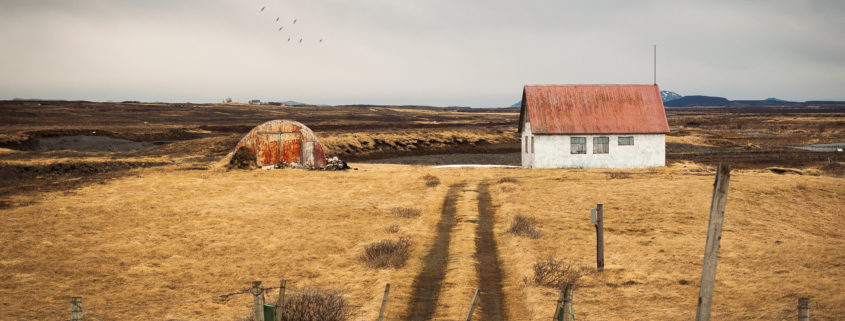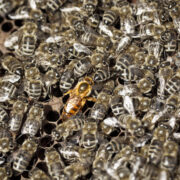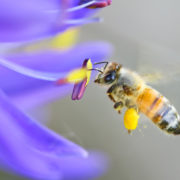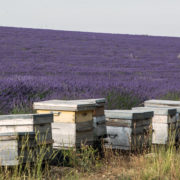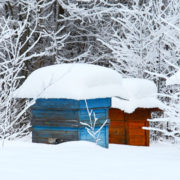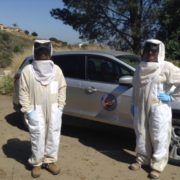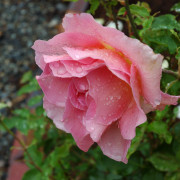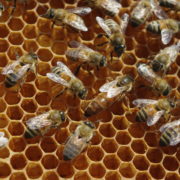The Summer Dearth
Nearly all regions in the United States reach a point, usually in late summer, where a nectar dearth occurs. Here at Wildflower Meadows, our dearth typically begins in early August, after the last sumac flowers dry up. The dearth period can vary from year to year, but at some point it is guaranteed to happen.
At the beginning of a dearth, bee colonies are susceptible to a number of health risks, chief of which is nutrition. Honeybees, in general, do a poor job in preparing for dearth. When times are good, the queen lays as much brood as possible. However, most queen bees rarely anticipate that the good times will end. It is only after the nectar dries up that the queen slows or ceases her abundant egg laying. As a result, bee colonies nearly always overshoot their populations during times of abundance. At the onset of dearth, the colony population is typically huge, with even more brood in the pipeline. This creates immediate nutrition stress.
If a beekeeper fails to support the colony at the onset of dearth with supplemental feeding, particularly of pollen supplement patties, this nutrition stress can lead to poor quality bees not only in the current generation of bees, but in the next generation. Poorly nourished nurse bees can lead to poorly nourished larvae, and so on.
Another danger to the colony at the onset of dearth is a potential drop in queen pheromone. Researchers who measure queen pheromone in colonies note that the presence of this pheromone is not consistent over the course of a year, but rather fluctuates, often rising with the presence of abundant conditions, and declining during dearth. As a result, queen supercedure is more apt to occur during dearth than abundance.
As a conscientious beekeeper, you should always have an idea as to when the dearth periods occur in your region, and prepare your colonies for them.

